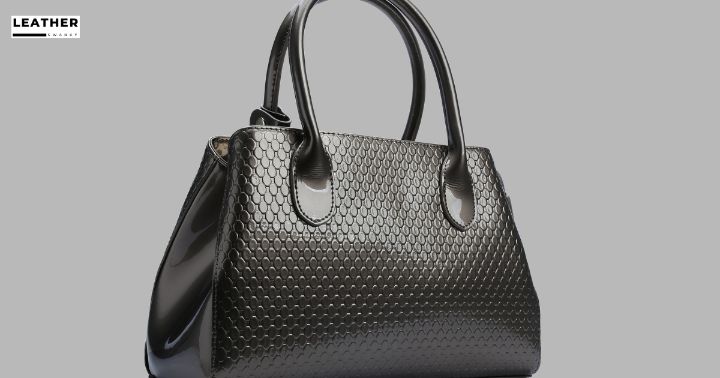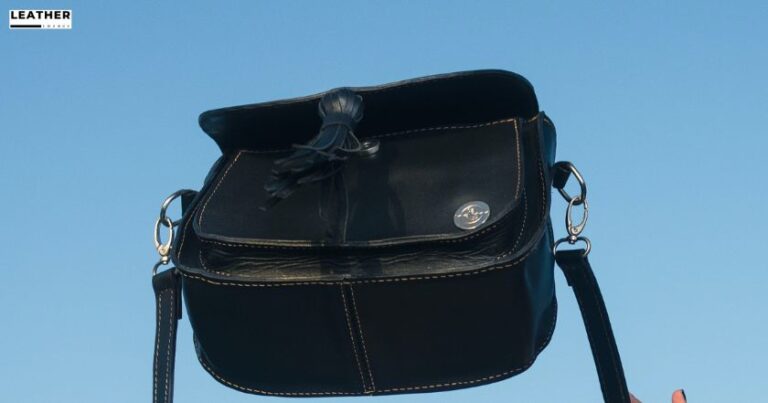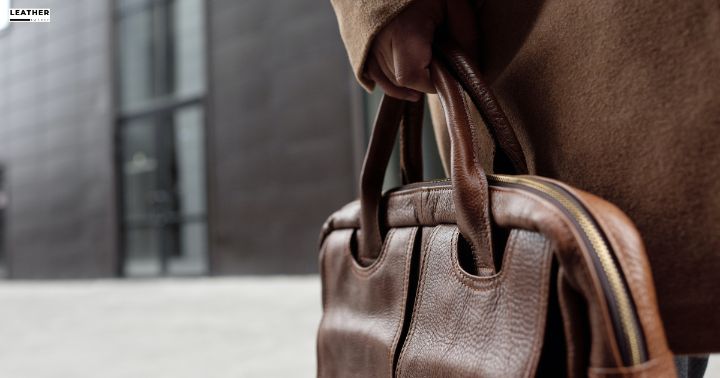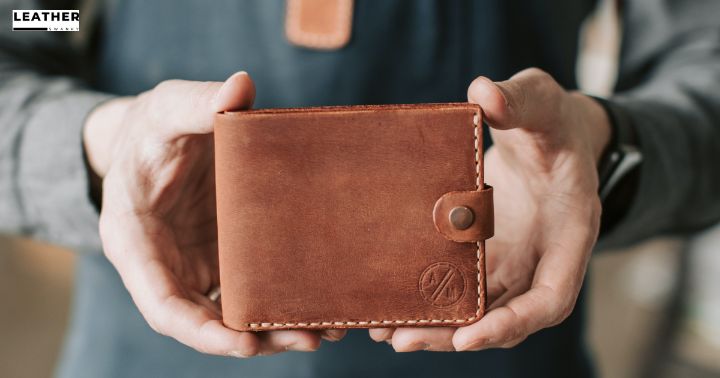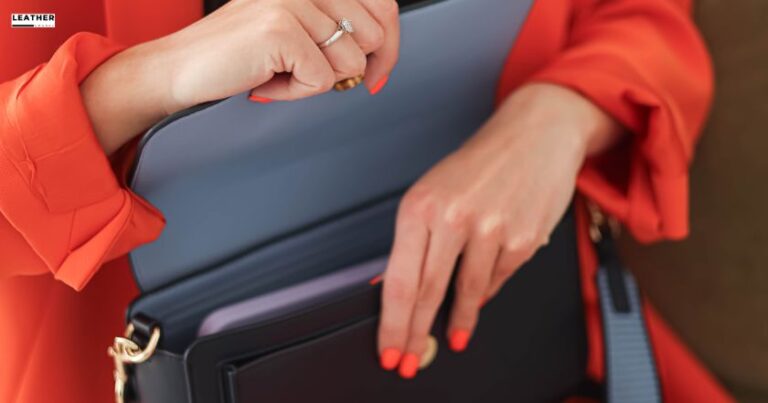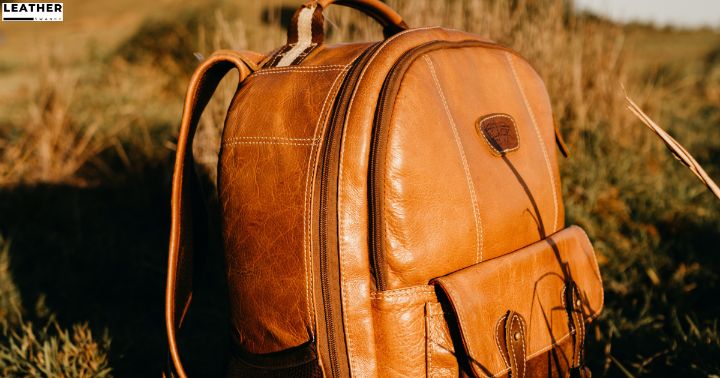How To Fix Sticky Leather Bag? 9 Best Reasons
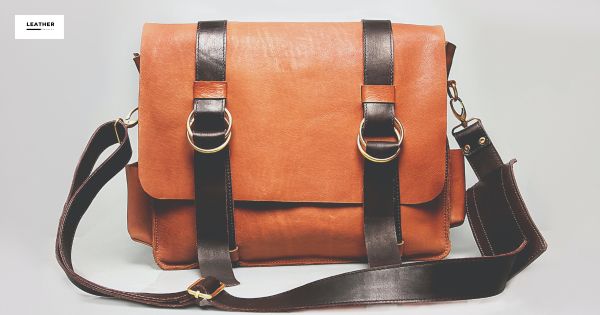
Are you tired of your once-pristine leather bag feeling sticky and gross? Have you been searching for the perfect solution for How To Fix Sticky Leather Bag?
Leather Bags start to feel sticky over time due to a variety of factors. Such as body oils, spills, dirt, grime, and even sunlight damage. Incorrect use of conditioner and cleaner can also make the stickiness worse.
In this article, you’ll learn the causes of sticky leather, how to fix it, and some tips on how to keep it looking great for years to come.
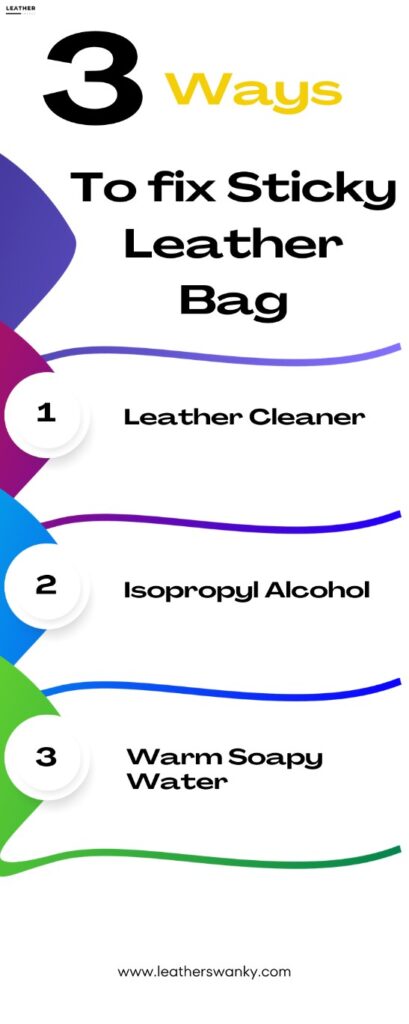
Jump to a Specific Section
- 1 Summary
- 2 Reasons Why Leather Bag Feels Sticky
- 3 How to Fix Sticky Leather Bag?
- 4 Final Thoughts
- 5 Frequently Asked Questions
- 5.1 How do I fix a sticky leather bag?
- 5.2 What causes a leather bag to become sticky?
- 5.3 How do I remove sticky residue from my leather bag?
- 5.4 Can I use saddle soap to clean a sticky leather bag?
- 5.5 How much leather conditioner should I use on my bag?
- 5.6 My leather bag feels sticky after using the conditioner. What should I do?
- 5.7 Can I use a leather cleaner to fix a sticky leather bag?
- 5.8 Will patent leather become sticky over time?
- 5.9 How do I clean and care for leather furniture that feels sticky?
- 5.10 How can I prevent my leather bag from becoming sticky?
- 6 Resources Used for Research
Summary
- Use a leather cleaner and conditioner designed for the bag’s surface.
- Clean gently and in small areas to avoid damage.
- Isopropyl alcohol or warm soapy water can remove sticky substances.
- Avoid harsh chemical cleaners and extreme temperatures.
Reasons Why Leather Bag Feels Sticky
Leather bags can start to feel sticky over time due to a variety of factors.
To get your leather bag feeling smooth and supple again, it’s important to understand the causes of the stickiness so you can fix the problem.
1. Body Oils
Body oils can cause your leather bag to feel sticky. To remove these oils, use a specialized leather cleaner.
Make sure it’s specifically made for leather to avoid damaging the surface. Apply the cleaner and wipe the bag with a soft cloth.
Allow it to air dry to restore the leather’s softness and shine. Regular conditioning is also recommended to prevent the build-up of body oils.
Conditioning keeps the leather supple and reduces stickiness. Spills can also contribute to a sticky bag.
Additionally, you can use baby oil on a leather bag. Apart from baby oil, there are many other natural oils that can be used to condition and protect the leather.
For instance, olive oil is great for conditioning a leather couch or any other type of furniture.
2. Spills
If you’ve ever spilled something on your leather bag, you know that it can quickly turn from a luxurious accessory to a sticky mess.
To illustrate this, imagine dropping a cup of coffee on the bag. The dark liquid quickly seeps into the leather, leaving behind a murky, sticky stain.
To remove the spill, try dabbing it with a damp cloth and then rubbing gently with a leather cleaner and a soft cloth. This should help lift the stain and remove any excess liquid.
If the stain remains, you can try applying a leather conditioner, but be sure to test it on an inconspicuous area first.
3. Sunlight damages
Sunlight can quickly cause the leather to fade and become brittle. Be sure to keep your leather bag out of direct sunlight whenever possible.
Ultraviolet rays from the sun can degrade the natural oils in the leather, drying it out and causing the material to crack.
To avoid this, store your bag in a cool, dry, dark place when it’s not in use.
4. Dirt and Grime
Dirt and grime can gather on your leather bag over time, so it’s important to regularly clean it.
According to the American Cleaning Institute, the average person spends more than three hours a week cleaning their home.
5. Using the Wrong Conditioner and Cleaner
To keep your leather bag looking its best, it is important to use the right products.
Wrong conditioner and cleaner can quickly ruin your bag, so take the time to find the right products.
Look for a leather conditioner that is specifically designed for the type of leather your bag is made of.
Avoid using any types of harsh cleaners that may damage the leather. In addition, never use oil-based products, as they can cause staining.
6. Not cleaning leather bags before conditioning
Properly prepping your leather bag is essential to maintaining its quality and preserving its longevity.
If you neglect this step, you’ll be stuck with a slimy, sticky material that’s difficult to work with.
7. Leather is new
If your leather bag is brand new, you don’t need to worry about cleaning it, you can go straight to conditioning it to keep it looking its best.
Applying a leather conditioner or a leather-specific wax will help protect the leather from cracking and keep it looking good for years to come.
Before you apply the conditioner or wax, make sure to test it on a small, hidden part of the bag to make sure it won’t damage the leather.
8. Adhesive Residue
Removing adhesive residue from a leather bag can be a tricky business, but with a bit of elbow grease and patience, you can get it done in no time flat.
Start by gently scraping away any large pieces of residue with a plastic scraper or dull knife.
If some residue remains, you can try dabbing it with a cotton ball soaked in rubbing alcohol or white vinegar.
If that doesn’t work, you can try using a commercial leather cleaner that contains solvents.
If all else fails, you can use sandpaper or a small wire brush to remove the residue. However, be careful not to damage the leather.
9. Climate Change
Climate change is a growing global concern, and you can help make a difference by reducing your carbon footprint.
Start by making small changes like taking public transportation or driving an electric car.
You can also use renewable energy sources like solar panels to power your home. Avoiding single-use plastics and eating less meat can also make a positive impact.
How to Fix Sticky Leather Bag?
If you’re dealing with a sticky leather bag, you’ll need to know how to fix it.
There are several ways to do it:
1. Leather Cleaner
Cleaning leather with a specific cleaner can restore its softness and suppleness. Leather cleaner is a powerful cleaning agent that works to break up and remove dirt, grime, and dust.
It is essential to use a leather cleaner that is specifically designed for the surface of your leather bag. This cleaner will help break down the sticky residue and restore the bag’s original appearance.
The cleaning process should be done gently and in small areas to avoid any damage to the leather.
After the leather has been cleaned, be sure to allow the bag to air dry before any further treatment.
2. Isopropyl Alcohol
Isopropyl alcohol, also known as rubbing alcohol, is a type of solvent that can be used to help remove sticky substances from leather.
To use this method, dab a cotton ball with rubbing alcohol and lightly rub it over the affected area. Make sure not to saturate the bag with alcohol, as too much can damage the leather.
3. Warm Soapy Water
For an effective clean, use warm soapy water to help get rid of sticky substances on your leather bag.
Soap is a gentle yet powerful cleaning agent that can be used to remove dirt and oils from the surface of your bag. It is important to use a mild soap, as stronger detergents may damage the leather.
When cleaning the bag, mix a small amount of soap with warm water and use a soft cloth to apply it. Work in a circular motion to ensure that the soap is evenly distributed.
Allow the soap to sit on the bag for a few minutes before rinsing with clean water and drying with a soft cloth. This will help ensure that all of the soap and contaminants are removed.
Final Thoughts
You’ve done it! With a little bit of elbow grease and some simple tips, you’ve fixed that sticky leather bag.
Now it’s time to keep it in top condition so you can keep it looking great for years to come. Use a leather conditioner regularly and never forget to store it in a cool, dry place.
With these tips, your leather bag will be ready for any adventure you take on. Take care of it and it will take care of you, that’s the beauty of leather.
Frequently Asked Questions
How do I fix a sticky leather bag?
To fix a sticky leather bag, you can follow these steps:
What causes a leather bag to become sticky?
There are several reasons why a leather bag can become sticky. Some of the common causes include using too much leather conditioner, spilling something on the leather surface, exposing it to sunlight, or using the wrong type of cleaner.
How do I remove sticky residue from my leather bag?
To remove sticky residue from your leather bag, you can use a clean cloth damped with a mild saddle soap and warm water solution. Gently scrub the affected area until the sticky residue is removed. Avoid using harsh chemicals or excessive force as it may damage the leather.
Can I use saddle soap to clean a sticky leather bag?
Yes, saddle soap is a gentle and effective method to clean a sticky leather bag. It is specially formulated to clean and protect natural and synthetic leather.
How much leather conditioner should I use on my bag?
It’s important not to use too much leather conditioner on your bag as it can make the leather feel sticky. Follow the instructions provided by the manufacturer and only apply a thin layer to the surface of the leather.
My leather bag feels sticky after using the conditioner. What should I do?
If your leather bag feels sticky after using conditioner, you may have applied too much. Take a clean cloth and gently wipe away any excess conditioner. This should help remove the stickiness and restore the leather’s texture.
Can I use a leather cleaner to fix a sticky leather bag?
Yes, a leather cleaner can be used to fix a sticky leather bag. Make sure to choose a cleaner that is suitable for the type of leather you have and follow the instructions provided.
Will patent leather become sticky over time?
Patent leather has a shiny finish that can make it more prone to stickiness. However, with proper care and occasional cleaning, you can prevent or remove stickiness from patent leather.
How do I clean and care for leather furniture that feels sticky?
To clean and care for leather furniture that feels sticky, you can use a mild saddle soap and warm water solution. Gently scrub the sticky areas and then wipe the furniture with a clean, damp cloth. Avoid using excessive water or harsh chemicals that can damage the leather.
How can I prevent my leather bag from becoming sticky?
To prevent your leather bag from becoming sticky, avoid using excessive amounts of leather conditioner. Also, be careful with spills and clean them up promptly. Additionally, store your leather bag in a cool, dry place away from direct sunlight.

